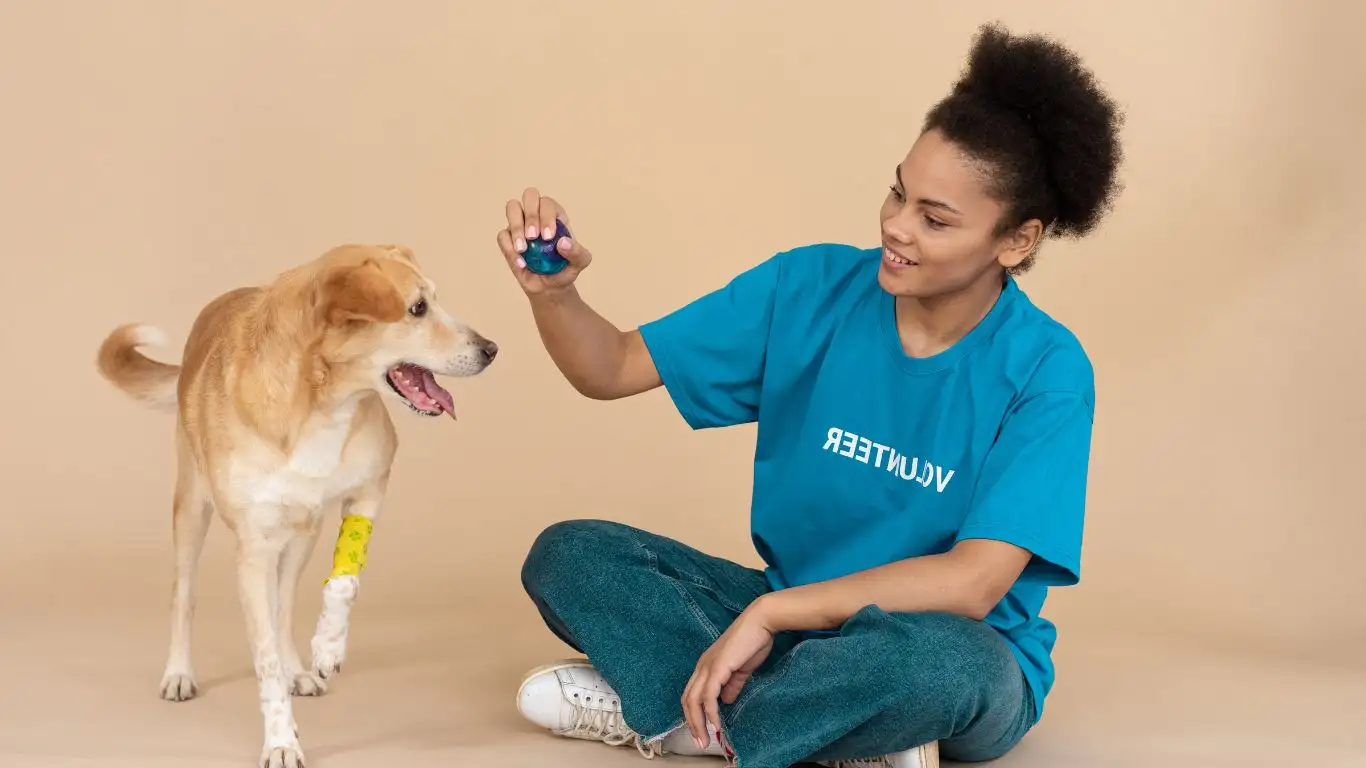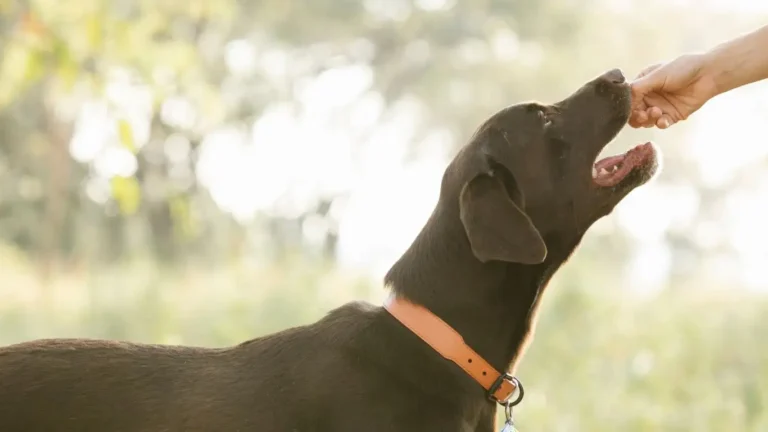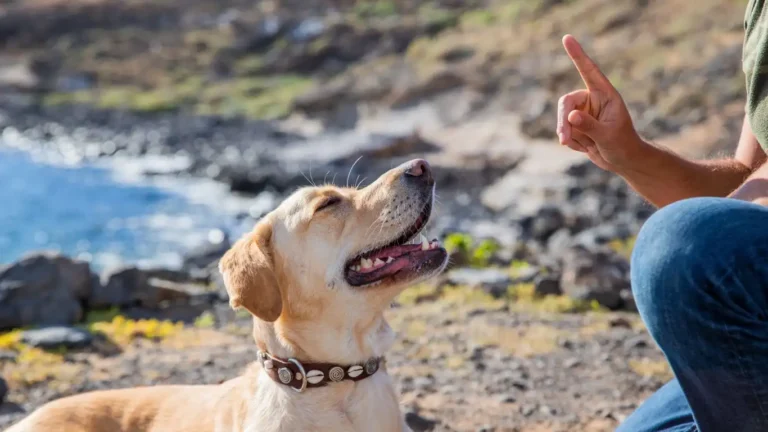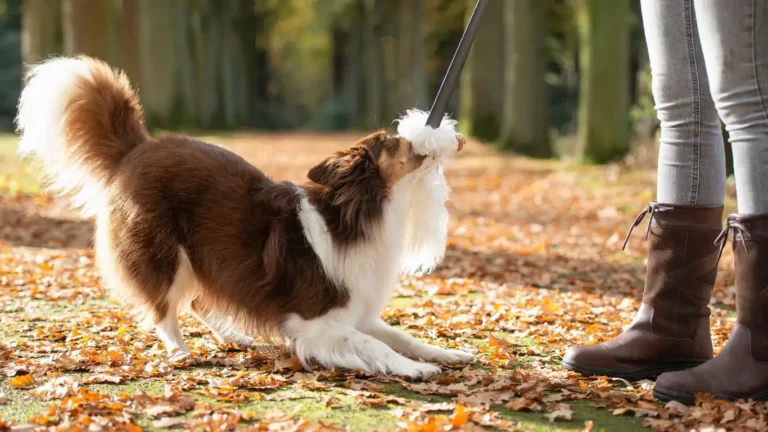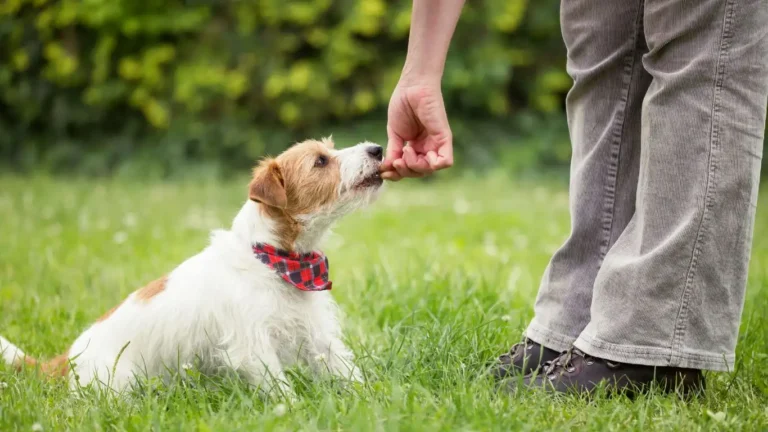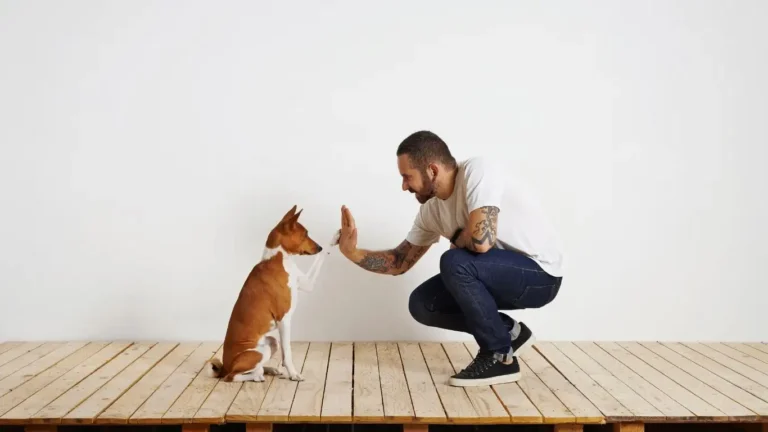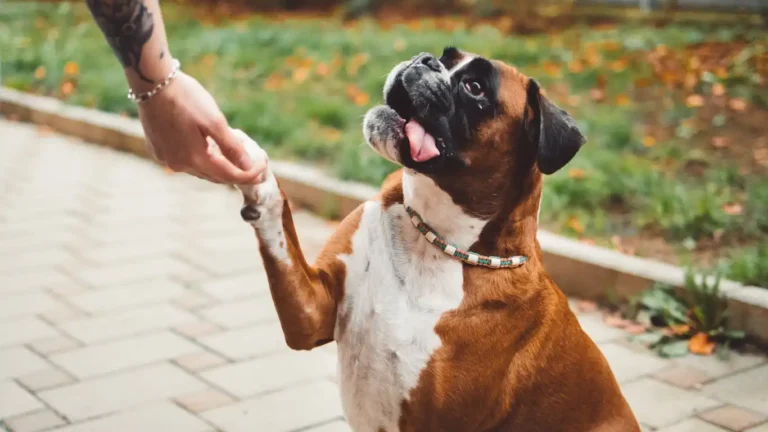Train Your Dog to Sit Calmly at the Vet – Stop the Stress Now
If you’re anything like me, you’ve probably had at least one chaotic trip to the vet that left you sweaty, embarrassed, and wondering if your dog secretly gets a thrill out of public drama. I’ve been there — juggling a leash, a clipboard, and a 60-pound Labrador who thought we were at a dog park instead of a check-up. That’s exactly why learning how to train a dog to sit quietly at the vet’s office has been a total game changer for me — and for the clients I’ve worked with as a Canine-Assisted Therapy Trainer.
Why Your Dog Freaks Out at the Vet (And Why It’s Not Their Fault)
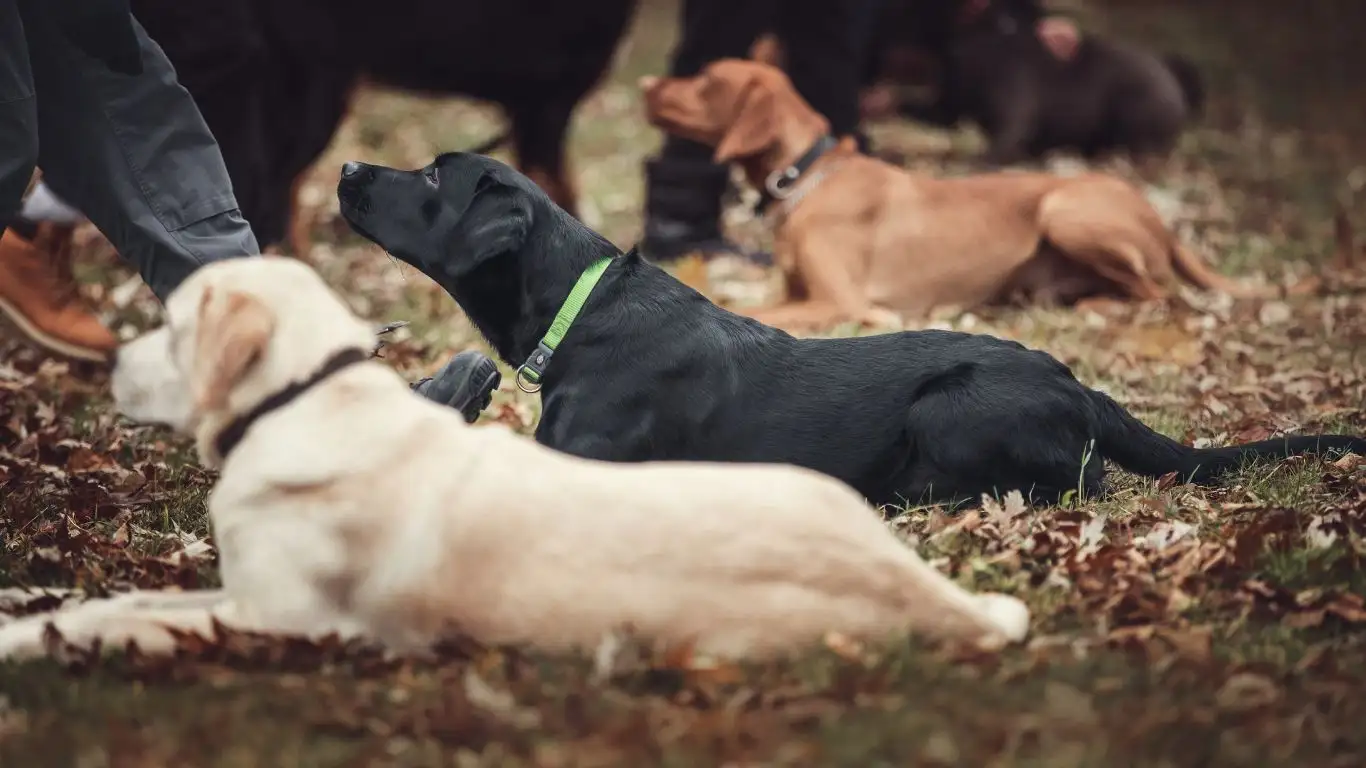
Let’s get real. Most dogs don’t naturally enjoy being poked, prodded, or surrounded by unfamiliar smells and sounds. Throw in some slippery floors, other stressed-out animals, and a loud metal table, and you’ve got the perfect recipe for canine chaos. I’ve seen even the most obedient therapy dogs get the zoomies at the vet.
So, no — your dog isn’t being “bad.” They’re overwhelmed. They’re confused. And most importantly, they haven’t been trained *specifically* for this kind of environment. This is where targeted training comes in. It’s not about obedience alone — it’s about confidence and calm.
Step One: Build a Foundation of Calm at Home
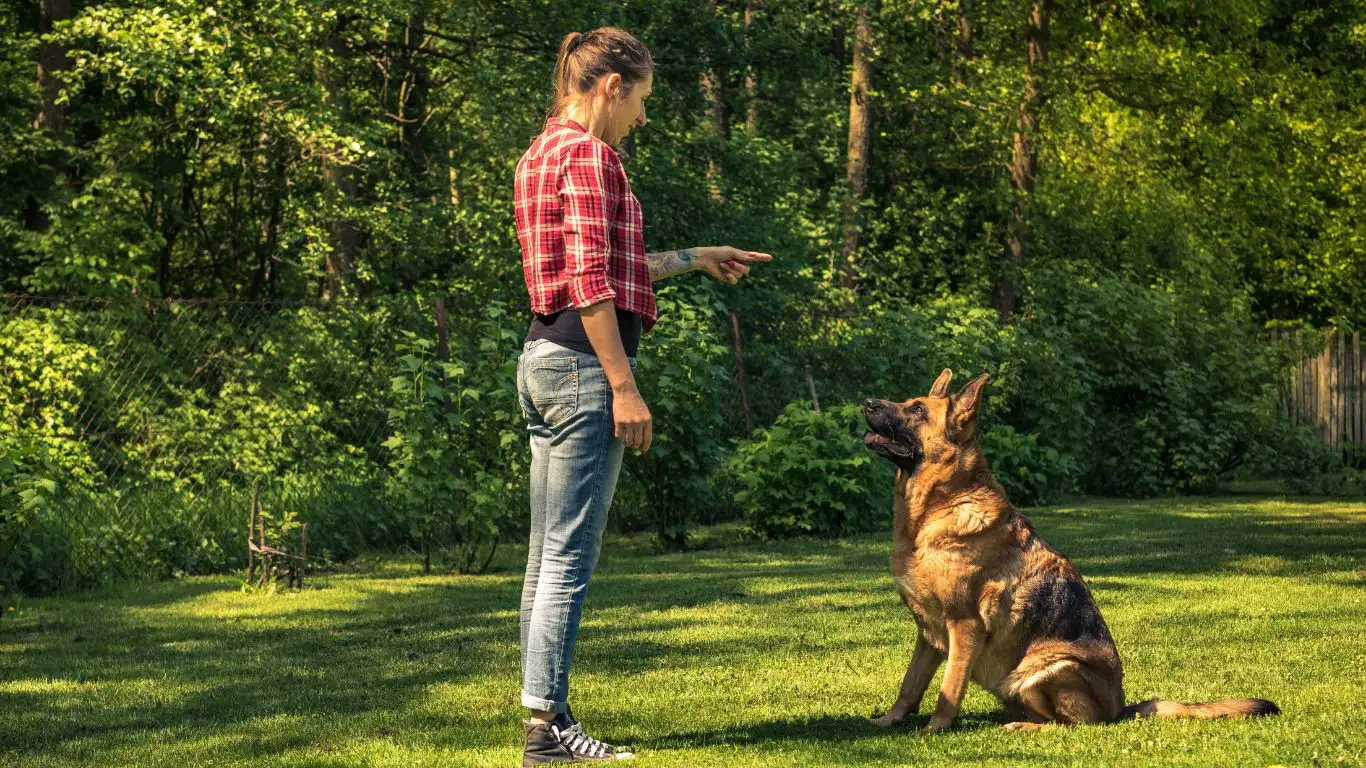
Before you even think about stepping into a clinic, your dog needs to understand how to chill out at home. This might seem obvious, but trust me — it’s often overlooked. When I first started working with anxious dogs, I’d ask their owners if their pup could sit still in the living room for five minutes. Most said no.
Set the Stage with Simple Commands
Teaching your dog to sit, stay, and settle on command in a familiar space builds a reliable behavioral base. These commands are your anchor — you’ll use them to redirect and calm your dog when things get intense at the vet’s office.
- Start in a quiet room with minimal distractions.
- Use a calm tone and rewarding treats (I like using freeze-dried liver — works like magic).
- Teach “sit” and pair it with “stay” for increasing time periods. Start with 10 seconds, and slowly build from there.
- Add in the “settle” cue — this can be a relaxed down position where your dog learns to simply… be chill.
Consistency is everything. I always tell clients to practice for short, frequent sessions — no more than 5–10 minutes a few times a day. Dogs (especially young ones) have short attention spans, and you want training to feel like a fun game, not a chore.
Desensitize to the Vet Environment (Without Leaving Home)
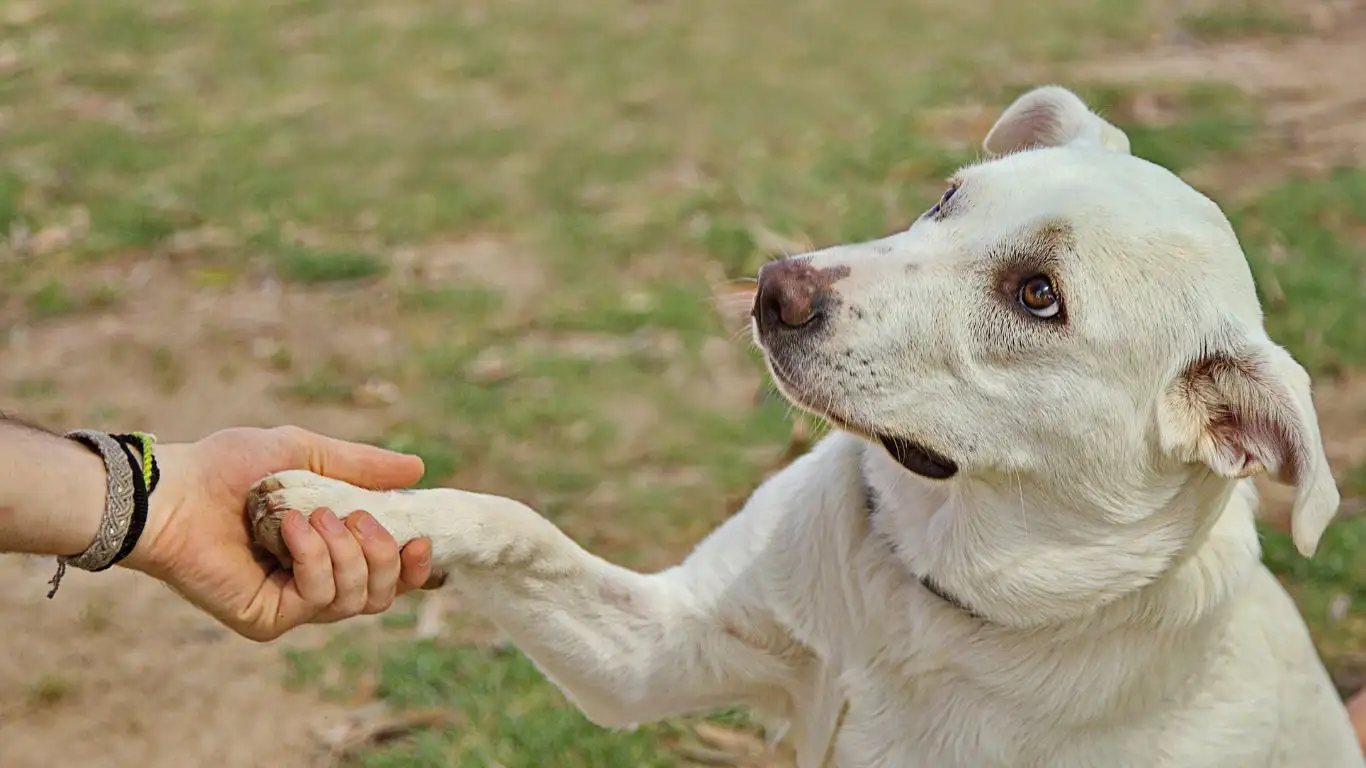
Here’s the secret sauce: dogs learn best through desensitization. You can’t just expect your dog to be fine walking into a vet’s office cold turkey. You’ve got to gradually expose them to the idea of the vet.
Vet Prep Without the Vet
- Mock Exams: Gently touch your dog’s ears, paws, tail, and belly while rewarding calm behavior. Use the same tone you’d use in the clinic.
- Clinic Sounds: Play low-volume recordings of barking dogs, metal clanking, or vet waiting room noise during training sessions.
- Smells and Gear: Introduce rubbing alcohol (just a dab near you), clippers, thermometers — whatever your vet typically uses. Make sure it’s all safe and positive.
I used to work with a golden retriever named Max who’d freak out every time the vet touched his paws. His owner started giving mini “paw massages” during movie nights at home — by week three, Max was practically offering his paws on command. The key was making it routine and *zero-pressure*.
How to Train a Dog to Sit Quietly at the Vet’s Office: Bring the Training On-the-Go
Once your pup has the basics down at home, it’s time to level up. We’re talking short, positive field trips to get them used to the real thing. You don’t have to wait for a medical reason to visit the clinic.
Low-Stress Vet Visits (Yes, They’re a Thing)
- Call your vet and ask if you can do a few “happy visits” — just short drop-ins where your dog gets treats and love from the staff without any procedures.
- Practice walking into the lobby, asking your dog to sit, rewarding them, and leaving after 2–3 minutes. Keep it short and sweet.
- Gradually add time. Over several visits, have your dog sit longer, even lie down if they’re ready.
One of my client dogs, a nervous little terrier named Bella, used to bark nonstop in the vet’s waiting room. After four non-medical visits where we focused on treats and quiet sitting, Bella started wagging her tail the moment we pulled into the parking lot. Progress is possible!
Helpful Tools That Make a Difference
- High-Value Treats: Save the good stuff (cheese, hot dogs) for vet-specific training only.
- Mat or Blanket: Bring a familiar “place” for your dog to sit on during visits. It helps reinforce that this is just another version of home.
- Calming Gear: Products like Adaptil sprays or calming vests can take the edge off. I’m not saying they’re miracle workers, but I’ve seen them help a lot.
Next time you’re thinking about how to train a dog to sit quietly at the vet’s office, remember that the answer isn’t just one thing — it’s a process. It’s patience, exposure, and a ton of liver treats. More importantly, it’s about building trust with your pup so they know you’ve got their back, no matter where you go.
Practice Makes Peaceful: Repetition Builds Reliability
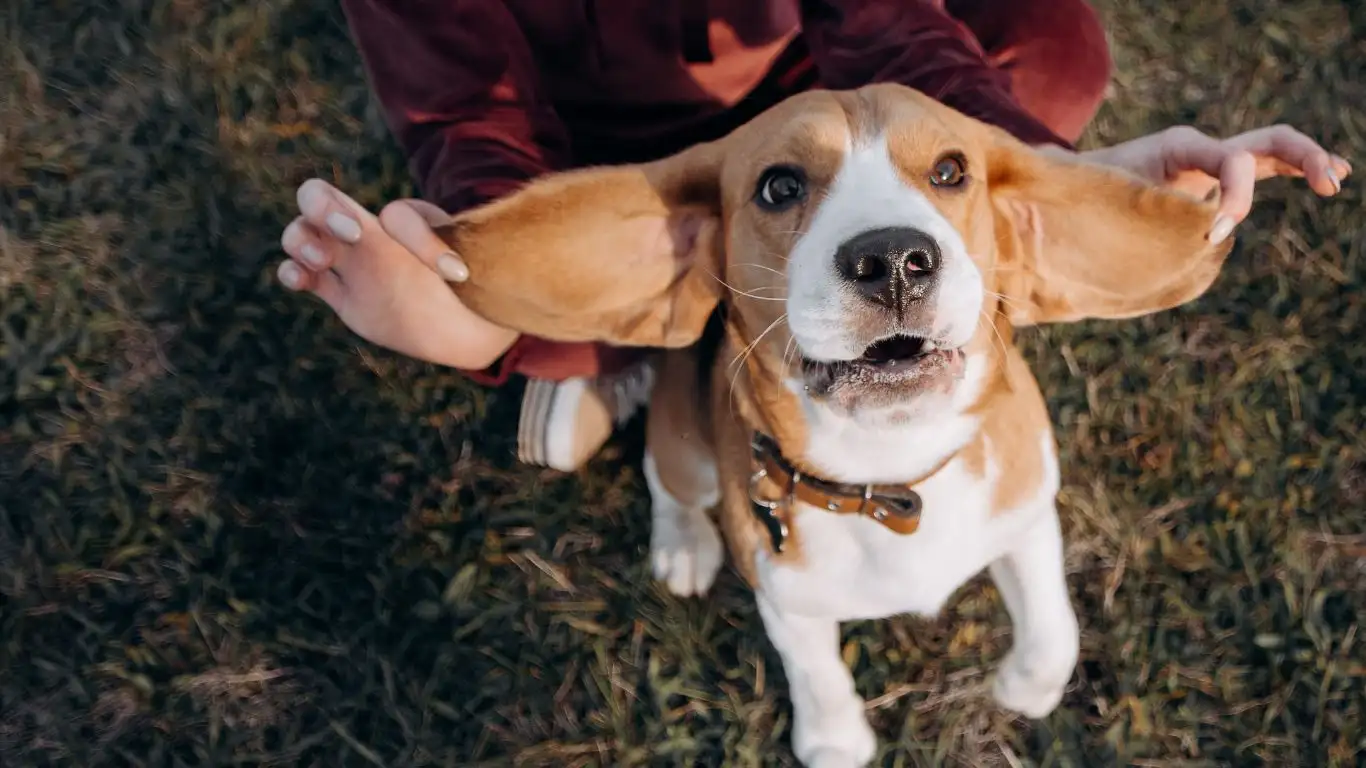
So you’ve been doing those happy vet visits, treating like it’s Halloween, and your dog is finally sitting without panicking at the front desk. Amazing. Now let’s keep that progress going with repetition — the real glue that holds training together.
I can’t stress this enough: dogs thrive on patterns. When they know what to expect, their anxiety drops. I once worked with a beagle named Hank who would bark his head off anytime he saw a stranger in scrubs. But after three weeks of twice-weekly drop-ins and chill lobby sits, Hank was cool as a cucumber, even with the techs waving thermometers around. That’s the power of repetition in action.
Build a Vet Visit Routine at Home
If you can’t make it to the clinic regularly, no problem — mimic the experience at home. Here’s how I guide my clients through a “mini vet routine” that reinforces calm behavior in everyday settings.
- Grab a yoga mat or towel: Designate it as your dog’s “vet mat.”
- Set a timer: Start with 3 minutes of sit or down-stay on the mat while you walk around, hum, or make light clatter (think: waiting room vibes).
- Add gentle handling: Lift a paw, check ears, gently touch their belly — just like a vet might. Reward heavily for stillness.
- Use calm praise: Say “good settle” or “nice quiet” in a soft tone to associate their calmness with positive feedback.
The goal? Turn vet-like behavior into just another everyday thing. When it becomes part of their daily rhythm, it’s no longer a Big Scary Event — it’s Tuesday.
Train the Handler Too: Your Energy Matters More Than You Think
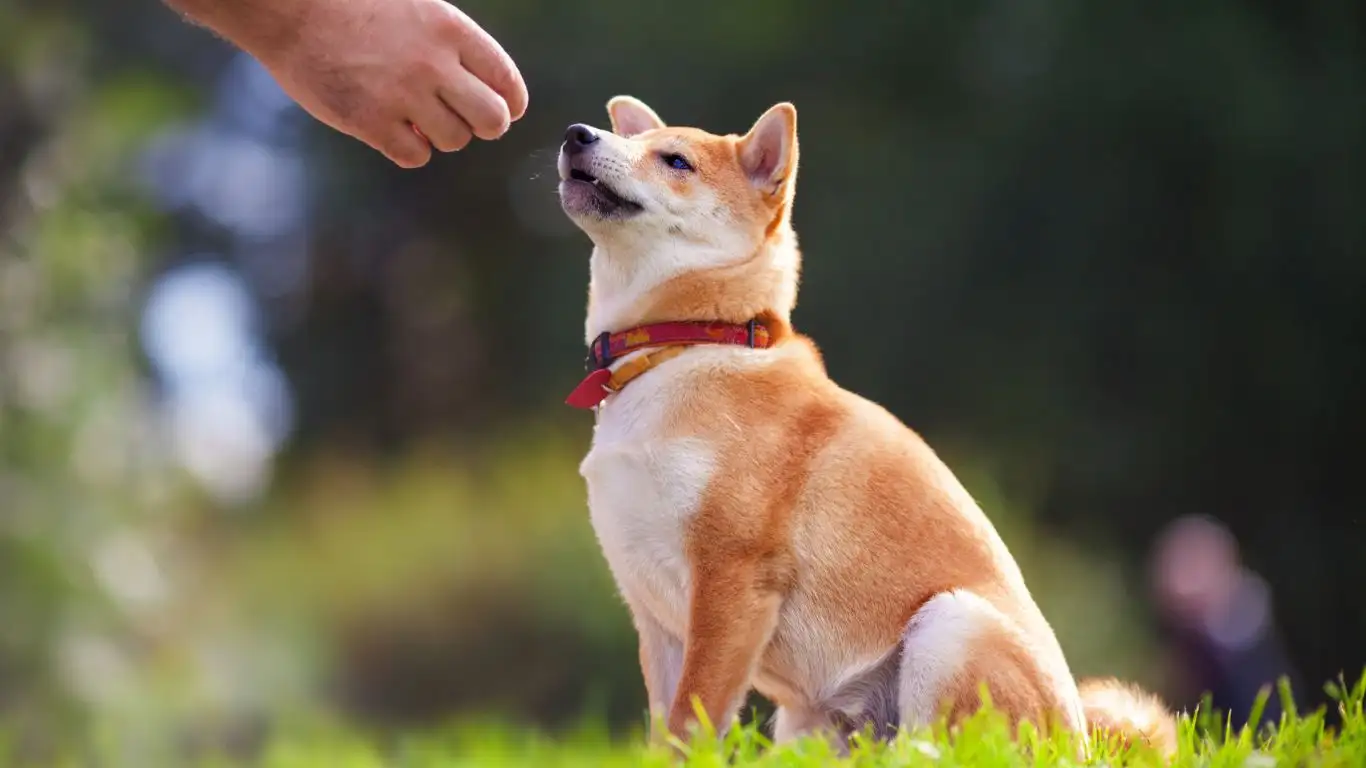
Okay, tough love moment. I’ve seen it time and time again: a dog is actually doing okay, and then the human starts panicking — tightening the leash, raising their voice, broadcasting stress like a radio tower. And just like that, the dog mirrors the energy and boom — chaos.
I’ve been guilty of this too. In my early years, I’d walk into vet appointments practically holding my breath, dreading the inevitable scene. The turning point came when I started consciously breathing deeply, speaking slowly, and using body language that says “we’re good here.” The shift in my dogs’ behavior was almost instant.
Handler Self-Check Tips:
- Loosen that leash: A tight leash says “danger.” A relaxed leash tells your dog you’re in control.
- Mind your voice: Use low, warm tones. High-pitched or fast-talking triggers anxiety in many dogs.
- Ground yourself first: Take a deep breath before you enter the clinic. Visualize success, not disaster.
Honestly, half the battle in learning how to train a dog to sit quietly at the vet’s office is about managing your own mindset. Calm owner, calm dog — it’s not just a saying, it’s science-backed truth.
Distractions Are Training Gold: Use Them Strategically
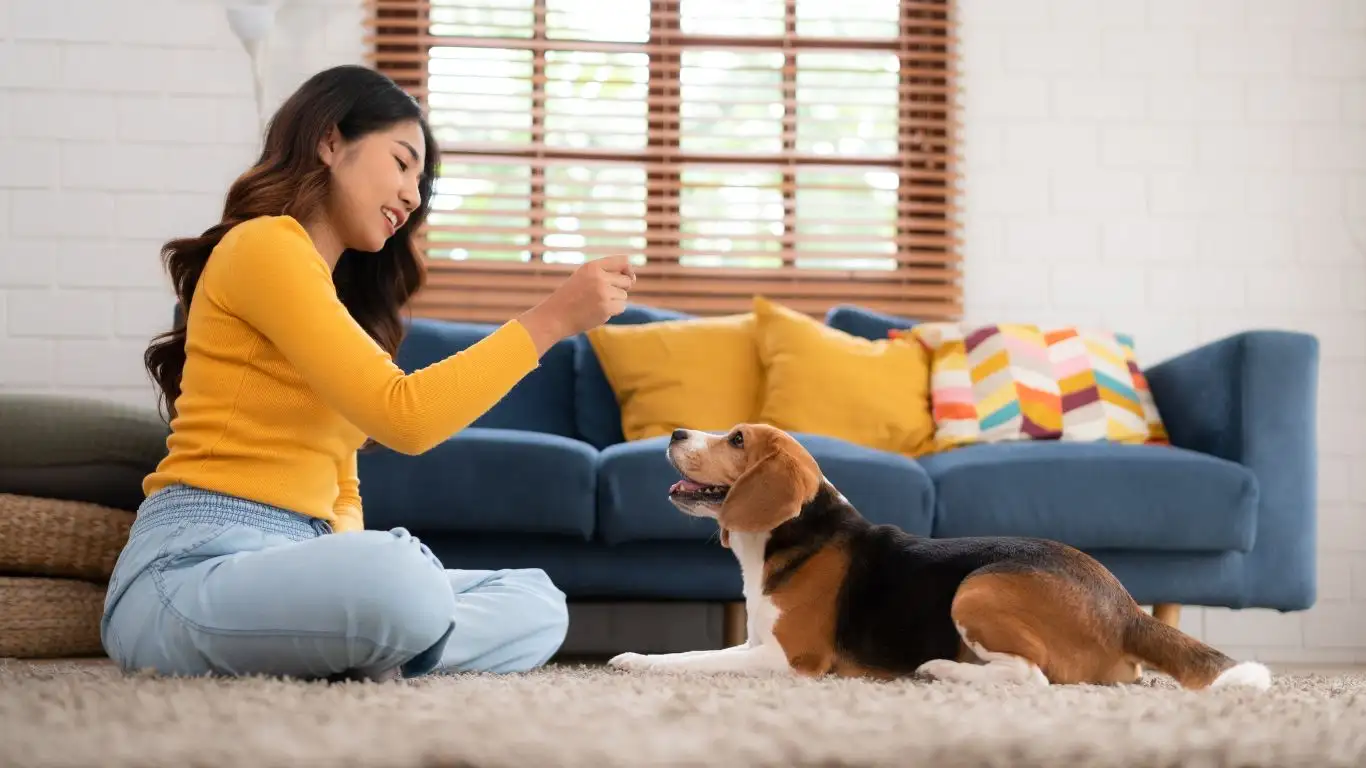
Ever tried asking your dog to sit calmly while a cat screeches from across the room? Or while another dog is doing laps in the waiting area? That’s next-level stuff — but totally doable with distraction training.
I usually start this with my clients in public parks or pet-friendly stores before we even touch the vet’s office. It’s about helping the dog succeed even when the world around them is unpredictable.
Distraction Drills You Can Try
- Park Practice: Go to a quiet area and cue your dog to sit and stay as joggers or squirrels pass by. Gradually move to busier zones.
- Pet Store Chill Sessions: Visit when it’s not busy. Cue a sit near the checkout or a food aisle. Reward like crazy for calm.
- Home Guest Tests: Invite a friend over and practice staying calm on the mat while someone knocks or enters the room.
These exercises build a mental muscle — the ability to choose stillness over reactivity. That’s exactly what your dog needs to tap into when the vet’s waiting room is buzzing with energy.
Know When to Get Professional Help (And That It’s Totally Okay)
Look, not every dog is going to master vet visits with homemade training plans alone. And that’s perfectly okay. In my work, I’ve met dogs who needed more than a few treats and patient practice. They needed behavior specialists, fear-free certified trainers, or even vet-prescribed calming aids. That doesn’t mean you’ve failed — it means you care enough to find what works best for your pup.
One of my toughest cases was a rescue shepherd mix named Luna. She had deep trauma associated with vet settings — we’re talking full-on meltdowns at the sight of a carrier. Her owner and I worked with a veterinary behaviorist, and over time (plus some anti-anxiety meds), Luna was able to not only tolerate vet visits — she started wagging her tail on arrival.
Signs Your Dog Might Need a Pro:
- Extreme fear responses (shaking, hiding, growling, or trying to flee every time)
- Refusal to enter the building after multiple attempts
- Escalating aggression or self-injury during handling
There’s no shame in getting help. In fact, recognizing when your dog needs a more tailored approach shows responsibility and love — classic E-E-A-T stuff, right?
So whether you’re working with a clicker and a bag of treats or calling in reinforcements, remember this: every small win matters. Every calm sit, every quiet stay, every relaxed tail wag is a step in the right direction.
Celebrating the Small Wins (Yes, They Matter)

When it comes to teaching your dog to chill out at the vet, one of the biggest mindset shifts I encourage is learning to celebrate progress, not perfection. I mean, look — your dog isn’t a robot. They’re not going to nail it every time. But if they sat for 30 seconds longer than last visit? That’s a win. If they walked into the clinic without you having to bribe them with a rotisserie chicken? Also a win.
One of my regular therapy dogs, a goofy boxer named Charlie, took nearly five months before he could sit quietly through a full exam. But his owner kept at it, kept practicing at home, and more importantly — kept cheering him on for every single improvement. And let me tell you, Charlie struts into the clinic now like he owns the place.
Ways to Reinforce Positive Vet Behavior
- Use a special “vet reward”: Reserve a high-value treat your dog only gets after calm vet behavior. Think dehydrated duck, cheese cubes, or peanut butter on a spoon.
- End on a high note: Even if things go sideways during the exam, take 30 seconds before leaving to ask for a “sit” or “look at me” in the lobby. Reward it and go.
- Verbal praise matters: Dogs pick up on our tone. Use a cheerful, relaxed voice to let them know they crushed it — even if it didn’t feel perfect to you.
Making the Waiting Room Less… Well, Awful
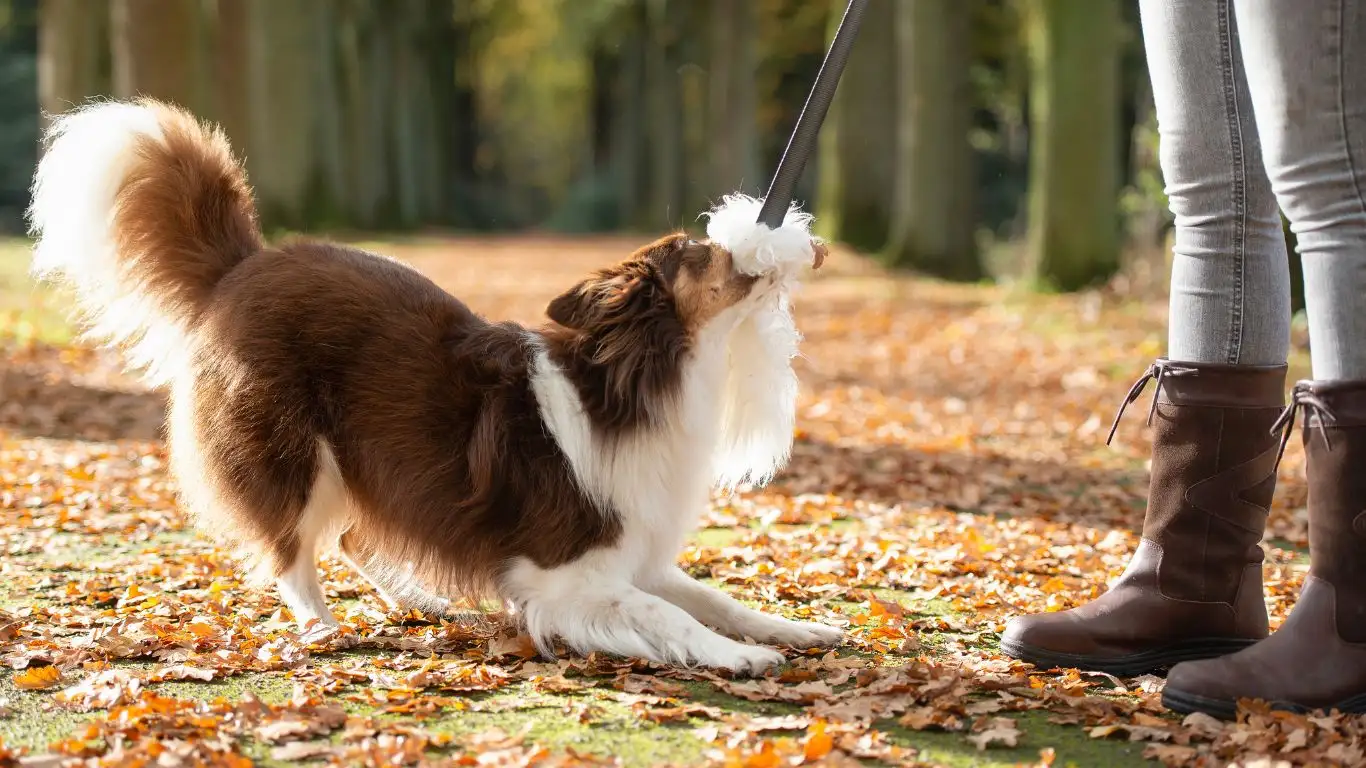
Okay, so let’s talk about that dreaded vet waiting room. It’s a sensory overload zone — smells, sounds, movement, stress — and it can make even a chill dog spiral. But there are ways to reduce the chaos, both for your dog and for yourself.
What’s worked for me, both as a trainer and a pet parent, is prepping for that space like it’s an obstacle course — because let’s face it, sometimes it is. Here’s how you can make that first few minutes a lot more manageable.
Waiting Room Hacks for Calm Behavior
- Bring your dog’s favorite mat or blanket: A familiar scent gives them comfort and a clear “place” to focus on.
- Keep treats handy: Use them liberally to reward quiet sitting or calm looking around.
- Use your body as a buffer: Stand between your dog and distractions (like a reactive dog or a loud toddler).
- Ask to wait in your car: Some clinics are happy to call or text you when it’s your turn — a great option for anxious pups.
I had one client whose dog, Rex, was triggered by the sound of automatic doors. We trained in front of grocery store entrances during quiet hours until he learned the doors weren’t a threat. After that, the vet’s front door was a breeze. It’s all about creative problem solving and slow, steady wins.
Age and Breed Matter More Than You Think
This part often gets overlooked, but it’s huge. Training your dog to sit quietly at the vet’s office can look wildly different depending on your dog’s age and breed. A six-month-old husky isn’t going to respond the same way as a ten-year-old pug — and that’s okay.
Tailoring Training by Dog Type
- Puppies: Keep sessions short and upbeat. Use lots of praise and movement. They’re learning everything from scratch, so don’t expect stillness right away.
- Seniors: Focus more on comfort and predictability. Keep commands clear and use gentle handling techniques.
- High-energy breeds (like border collies or shepherds): Make training mentally stimulating. Ask for tricks and tasks in the waiting room to keep their minds engaged.
- Shy or nervous breeds: Move slower. Use low-value environments (like parking lots or vet sidewalks) before stepping inside the clinic itself.
Understanding your dog’s natural tendencies — and working with them instead of against them — builds trust. And trust is the secret sauce to vet visit success.
Creating a Vet-Positive Lifestyle Long-Term
At the end of the day, your goal isn’t just one quiet sit in the waiting room — it’s a lifetime of calm, confident vet visits. That comes from turning these training moments into habits. It becomes a lifestyle, not just a checklist.
I always tell my clients: your dog is watching you. Not just at the vet, but at home, in the car, during training, and in between. They pick up on your cues, routines, and energy. So create a rhythm that includes calm exposure, intentional practice, and regular rewards.
Daily Habits That Support Vet Readiness
- Practice short “settle” sessions daily at home with soft music or ambient noise.
- Touch and handle your dog gently during grooming or cuddles — ears, paws, and tail especially.
- Normalize car rides that don’t end at the clinic (go to the park, a coffee shop, or a friend’s house).
And hey — take a moment to recognize your own growth too. If you’re reading this, you’re clearly a dedicated dog parent who’s putting in real effort. That’s something to feel proud of.
References
Disclaimer
This article is for informational purposes only and is not intended to replace professional veterinary advice, diagnosis, or treatment. Always consult with a licensed veterinarian or certified dog trainer for guidance tailored to your pet’s unique needs and health history.
